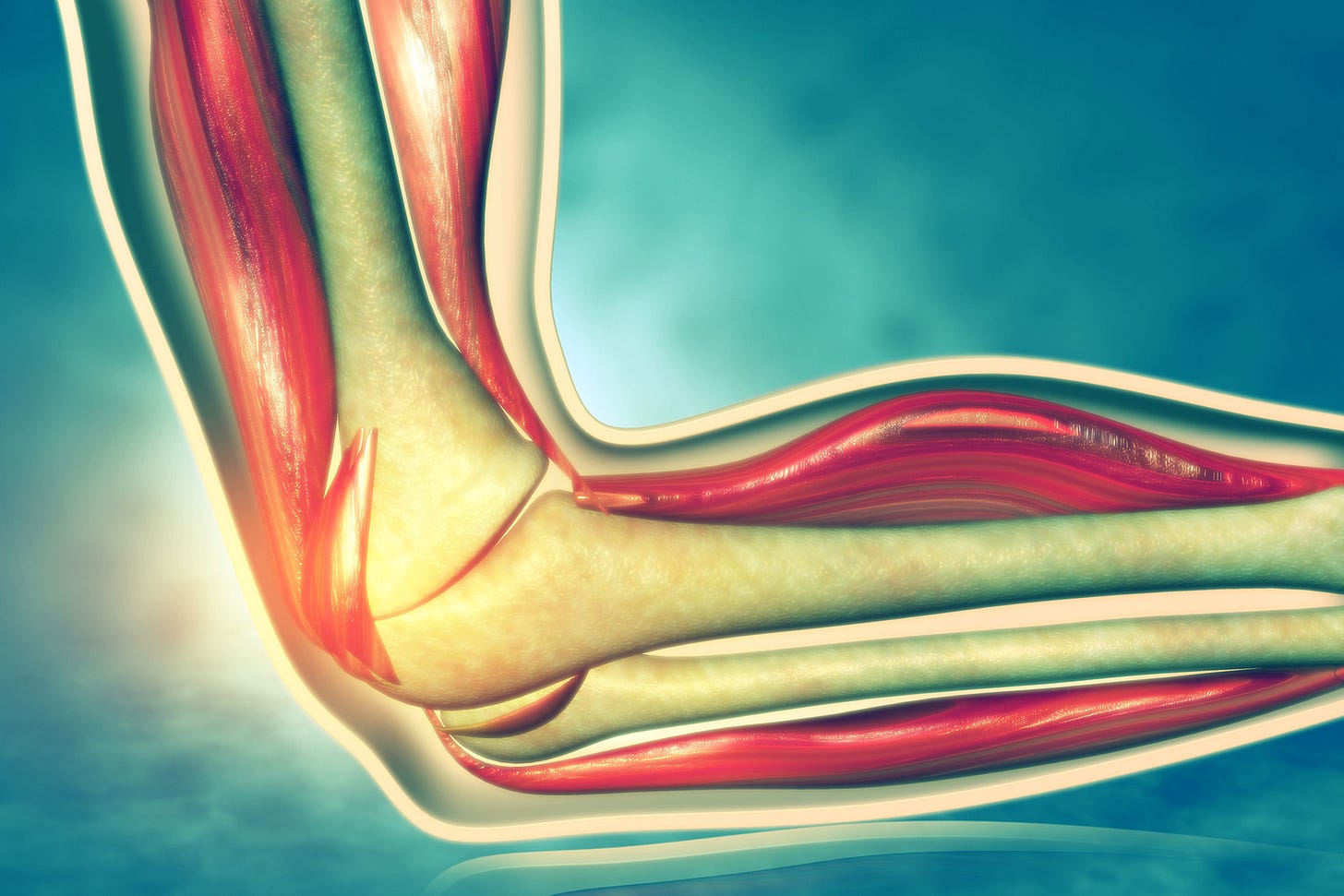Exercise and…Tanning?
Being fit and being tan are both pretty pleasant things. GETTING fit and GETTING tan are actually very similar. Here are some similarities between exercise and tanning.
Good Morning!
A question I receive fairly often is:
Fran, how often should I train to see X results?
The answer to that question largely depends on the results you want, your “training age,” and what you’re willing to do outside of the gym to supplement your health. In recent newsletters, I’ve discussed the importance of periodically heavy strength training and how to be honest about pushing yourself when training alone.
But it might be hard to know just what you can handle in the gym even after reading what I’ve told you. The hard truth is you have to experiment, test your limits, and be safe all at the same time.
Does that sound hard? Well, that’s because it is.
For today’s article (and in pre-celebration of warmer days ahead) I want to draw a parallel between strength training in the weight room and tanning your skin.
I’m stealing this analogy from Dr. Mike Israetel, a modern meathead I’ve name dropped on past newsletters who is objectively one of the most knowledgeable people in the game of building physique.
Even if he looks intimidatingly strong and scary, his books and writing are worth checking out if changing the look of your body is of any priority to you.
Israetel likens resistance training exercise to skin tanning, citing that in both resistance exercise and tanning, two things have to be monitored closely: your stimulus (the weights, and the sun, respectively) and your exposure.
Starting off with either activity, you need to be realistic.
Going shirtless all day in the Arctic circle won’t necessarily get you tan, just like using a 10-pound dumbbell for every exercise won’t build a ton of muscle. These are both examples of high exposure and low stimulus.
The same is true for overdoing it, too.
Ten minutes of unprotected sunlight in Medellin for a pale person can burn you, just like 10 repetitions of a 200-pound deadlift (or any weight you haven’t previously attempted) can.
Think of these as high stimulus, low exposure scenarios. Striking the balance of high-enough stimulus, long-enough exposure is a delicate process. Finding the right amount of training stimulus starts with thinking about muscles like pale skin.

How Tan Are You?
If you were to tan on the first sunny and warm day of the year, you’d give yourself some decent exposure, but not sit outside for more than 20 minutes (right?).
Every tanning day after that, assuming you’re staying in the same climate, you’d increase your exposure. To become more tan without burning, an extra 3-5 minutes a day should work well, depending on the fairness of your skin.
By the time mid-summer rolls around, you’ll be pretty happy with your skin tone if you’ve never missed a tanning day and didn’t suffer any burns.
Now, for my fellow pale-skinned readers, a multi-month no-burn streak is highly unlikely. But for the sake of the argument, this is the formula we should apply and follow for muscle development.
Just as a few minutes of sun exposure with SPF-75 on won’t yield any color, so won’t a 30 minute dumbbell workout not venturing past the five-pounders not grow you any muscle.
Or, just like a day falling asleep in the sun or under-applying sunscreen can hinder your tan schedule for weeks, so can an overreach in the weight room that leads to pain or an injury mess up your muscle-building schedule indefinitely.
If you’re enjoying this analogy and want to take it a step further, ask yourself about your exercise expertise in tanning terms: How Tan Am I?
The great thing about exercise is that regardless of climate, you can be “tan” all year round, and develop a great base for handling more and more resistance exercise without worrying about getting too “pale” (weak).
As I mentioned back in February, the gains made from strength training even just semi-regularly tend to stick around for up to four weeks, so you needn’t worry about losing progress with a short hiatus.
Before jumping right in the “tanning bed” (gym), however, it’s imperative that you have an understanding of how long you want to train, the type of equipment you want to use, and how frequently you want to exercise.
Generally speaking, two to three resistance training sessions per week will definitely yield results, but pale folks (beginners) may want to start slower.
What About Tracking Progress?
Then comes the means of tracking what you’re doing. For those of you not working with a professional like myself, you’ll need a way of knowing how to progress and what to progress that is fool-proof.
This is where exercise progression tanning progression differ immensely. You can’t just look at your strength like you can look at your tan skin. So here’s a formula to start you off.
Assuming you’re in the same climate (gym) every time you train, your stimulus has to increase over time — roughly every 2-3 weeks for most people.
This progression could take the shape of…
heavier dumbbell increments (+2-5 lbs every 2-3 weeks)
increased repetitions (+2-5 reps every 2-3 weeks, THEN add weight and subtract reps)
increased time-under-tension during your exercises (+1-3 seconds added to a motion)
Finally, your exposure to the gym should increase, too. 45 minute workouts will turn into 50 minute ones, 50 to an hour, and possibly further from there. You’ll find that after a few 45 minute sessions, you’ll feel as if you haven’t done enough — you haven’t “gotten darker” — and will need more exposure.
Keep reading with a 7-day free trial
Subscribe to High Performance Health to keep reading this post and get 7 days of free access to the full post archives.


